The Real Treasure! Ghost Ship Reveals
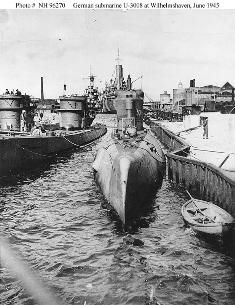
Type XXI U-boat, 20 of which have never been accounted for.
The story so far…
On
May 8, 1945, with Germany’s unconditional surrender, Admiral Dönitz,
the commander of Germany’s submarine force, ordered a number of
specialised cargo U-boats, still at sea, to proceed to foreign ports
across the world. These U-boats carried Germany’s most secret nuclear
research materials and some of their most important scientists and
technicians. One such U-boat – U-196 – is now suspected to have arrived
off Northland, near Dargaville, where, with the assistance of the New
Zealand government, machinery and personnel were brought ashore, then
the submarine was scuttled. In the early 1980s local divers discovered
the hulk of the U-196, sparking a renewed search for those who came
ashore in 1945…
Author’s
note: “While we may never find out what happened to U-196 and the
missing crew, I would like to take readers on a journey which, although
at first sight may read like science fiction, is indeed based on the
best evidence I can find.”
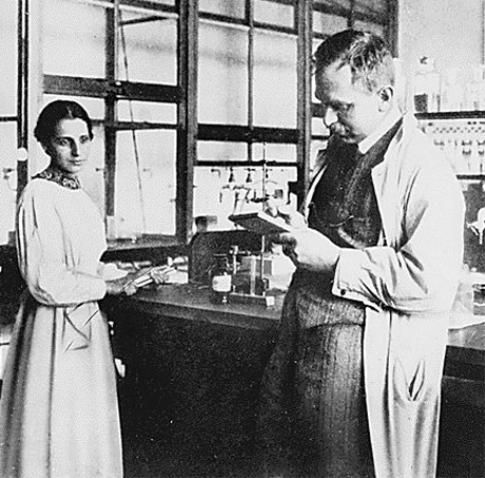
Pictured Otto Hahn, winner of the 1944 Nobel Prize in Chemistry with collaborator Lise Meitner.
A step through time…
At the beginning of the 20th
century we saw a massive scientific interest in nuclear physics and
electrical energy, fields both considered to be closely related.
Einstein, among others, was beginning to formulate a view on what was to
become known as the Unified Field Theory (UFT). Tesla, Marconi and
other scientists had been looking at radio waves and beyond. By the end
of the First World War (1918), understanding of these matters had
advanced considerably. In fact, the idea of a ‘death ray’, capable of
killing humans or disabling machinery, was being taken very seriously
indeed. It resulted in the laser.
World War
Two saw the introduction of radar and from that, what we all know today
as the micro-wave oven. But that was only the beginning of the story. By
1943, both the Allies and the Germans had begun serious research into
two highly secret projects - atomic weapons and the electronic masking
of large ships at sea. Both, as it turned out, required a radical
rethink in previously held assumptions about the way in which the
universe works and the mathematics we use to describe this. It required
the development of quantum mechanics. When the first atomic bomb of the
'Trinity' series was detonated at the Alamogordo, New Mexico, USA, test
site, no one knew exactly what was likely to happen. There was a
substantial block of scientific opinion that believed it was possible to
ignite earth’s atmosphere with catastrophic consequences. Fortunately,
they were proven wrong, but the scientists went ahead and did it anyway.
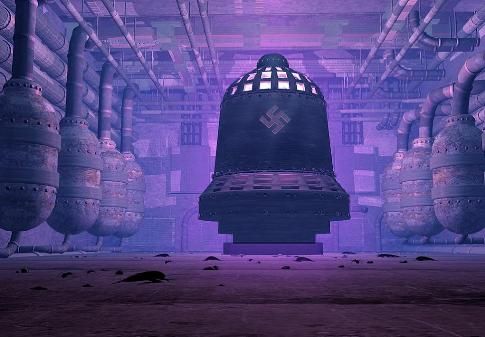
Many
readers will have heard of the ‘Philadelphia Experiment' which involved
the electronic masking of the US Navy destroyer-escort DE173 USS Eldridge.
The experiment involved passing a large electric current through the
ship using heavy copper cables placed lengthways around the hull, so as
to reduce, or remove, the ability of enemy radar to obtain a reflective
signal from the target ship. On October 28, 1943, according to credible
eyewitness accounts, the ship simply vanished for several minutes to
reappear hundreds of miles away, then just as suddenly, reappear at its
moorings in the Philadelphia Naval Shipyard. The problem was it
returned, missing crew, and there were even reports of crewmen being
embedded in the deck plating, and still alive. What the Allies didn’t
know at the time was the Germans were looking for a similar solution to
the same problem, due to unsustainable U-boat losses in the Atlantic.
Ringing the 'Bell’
Since
before the Second World War, Germany had been following the various
scientific papers circulating among the academic community about the
theoretical possibility of a sustained nuclear reaction for the
generation of domestic electricity. It was not until about 1932 that
theoretical physicists and mathematicians began to discover a way of
achieving this. In Germany, Hermann Goering, then a leading member of
the Nazi Party, was instructed to ‘bury’ this operation in the Post
Office budgets, where many other secret projects were hidden.
But the
Germans took a very different approach to nuclear science from the
Americans, British and Russians. They looked at the ‘metaphysical’, the
unseen, hidden aspects of nuclear energy. They reasoned there was much
more to nuclear energy than just a large bang. German science believed
that, buried within the processes making up a nuclear reaction, was the
key to unlocking time itself. Even Einstein considered this more than a
remote possibility, referring to it as the ‘space-time continuum’. He
suspected, as did other researchers, time was possibly ‘elastic’, and
depending on how fast the observer was moving, either sped up or slowed
down.
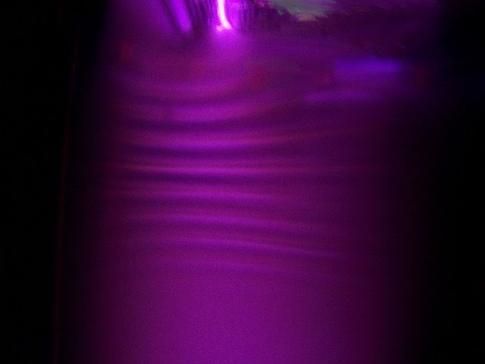
Igor
Witkowski, a Polish journalist attempting to uncover secret Nazi nuclear
experiments, claims to have been shown Polish intelligence files after
the collapse of the former Communist regime in 1990. From research by
revolutionary German thinkers, like Reich, Stern and his understudy,
Gerlach, at the Goethe Institute in Frankfurt-am-Main in the 1920s, came
Project Thor. They developed a process, known as the
fluorescence of mercury, under the influence of magnetic fields. This
system creates a dense plasma field contained by powerful electric
magnets to cause the fluorescence of mercury, using photo-chemistry.
Excited mercury ions would then cause the beryllium (a catalyst within
the reaction process) to emit slow neutrons to be captured by the
thorium 232, changing it into uranium 233. A variation of this method
using uranium 238 could also conceivably breed plutonium for atomic
weapons without the need for a nuclear reactor. It is modern alchemy.
Now we can understand why so many of the monsun boats were carrying
large quantities of mercury to the Far East.
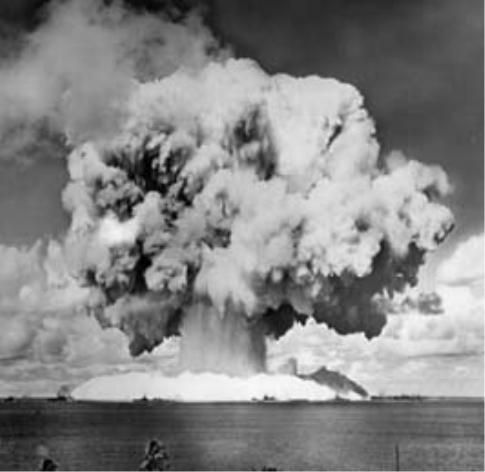
When the first atomic bomb was detonated no one knew exactly what was likely to happen.
CUT FROM SOURCE
TO BE CONTINUED...
No comments:
Post a Comment